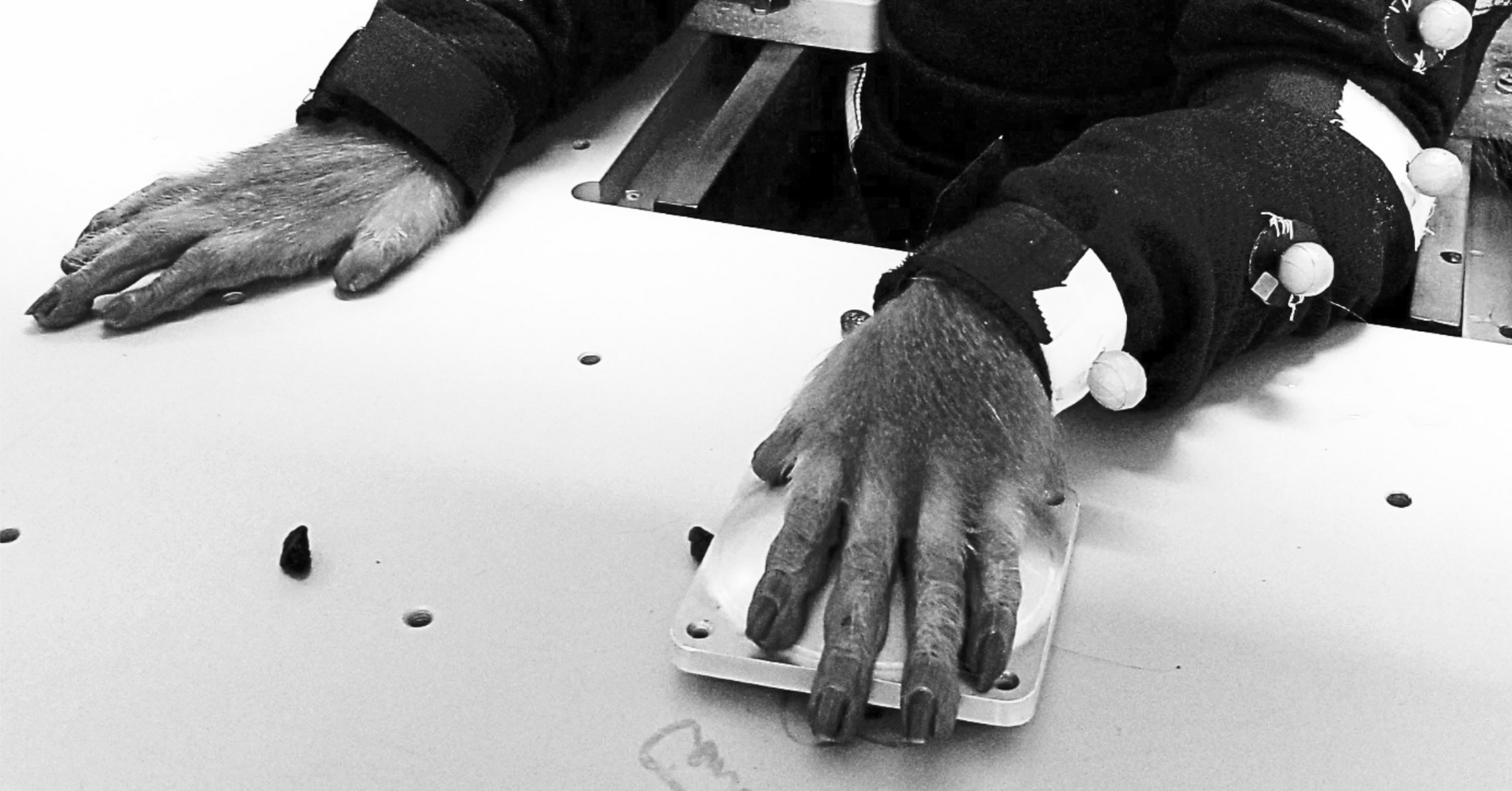
There has been much attention paid to Neuralink this year, especially as Elon Musk has repeatedly lied about the company (not) causing the deaths of nonhuman primates and as whistleblowers have stepped forward to describe the horrors endured by the nonhuman primates subjected to the company’s experiments.
But, tragically and despicably, Neuralink is not actually novel in the animal research space.
Neuralink’s brain implant experiments are novel only in their expansive media coverage.
While there is no doubt that Neuralink brutalized other-than-human animals, there is also no doubt that Neuralink is only one of many – indeed, every single animal research facility uses, harms, and exploits other-than-human animals.
Moreover, not even Neuralink’s particular, agonizing experiments are unique to it.
Recent university records depict Neuralink-type experiments on nonhuman primates.
Rise for Animals recently received records (here, here, and here) from the University of Washington (UW) that describe in restrained yet horrifying detail ongoing Neuralink-type experiments – i.e., “[b]rain-machine interface” experiments victimizing nonhuman primates.
In 2019, the UW pursued an experimental protocol funded by the Washington National Primate Research Center and “Other”.
The protocol exploited 8 macaque monkeys for the performance of up to 16 surgeries (each!) and up to 3, 8-hour long experimental sessions per day (each!) over a period of up to 3+ years.
The nonhuman primates were:
- “[I]nstrumented with head restraint and neural implant hardware”, and, in some cases, implant probes. (The restraint devices were implanted into the animals’ skulls; the implant probes were implanted into the animals’ brains; and the hardware was affixed onto the animals’ skulls. The weight of “all head implants on [any] animal at a given time” was permitted to be 10% of the animal’s body weight.)

- “[C]haired in a “primate chair”, with “back panels” used to “avoid animals exerting excessive force against the restraints”.

- Kept hungry and thirsty, to increase the likelihood that they would comply with researchers’ commands to “earn” a drop of water or a morsel of food.
- Killed by cardiac perfusion when no longer of “use” to the researchers.
In 2022, the UW pursued a similar surgical protocol, exploiting 8 macaques for the performance of up to 18 surgeries each!

In addition to the abuses contemplated by the 2019 study, the nonhuman primate victims were approved to undergo up to 5 craniotomies and the implantation of up to 4 chambers each.
Animal research is inherently violent, barbaric, and unethical, regardless of whether it takes place at Neuralink or anywhere else. That’s why we fight to end all of it.
Stay connected with us to receive regular news, insights, and actions for animals delivered straight to your inbox. Subscribe to our email list below.